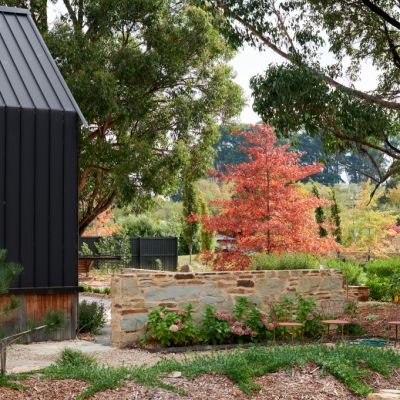The best low-maintenance plants for around the pool
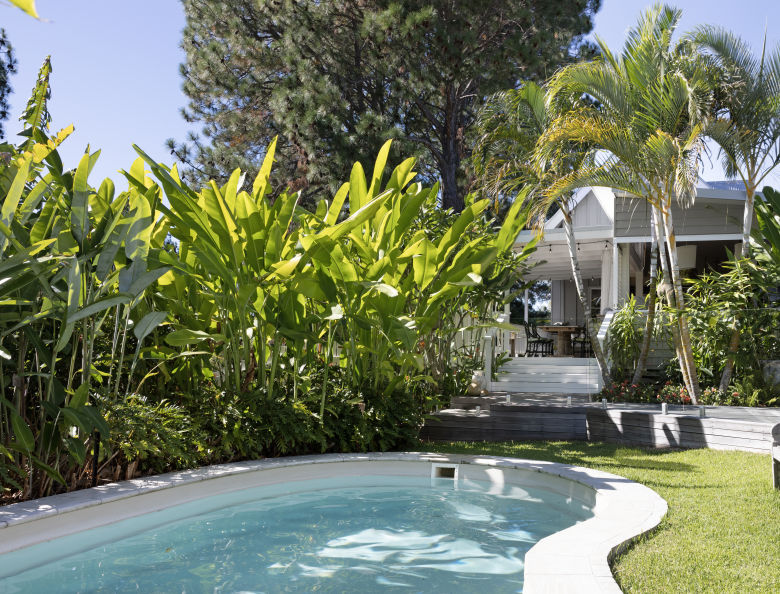
Planting around a pool requires more thought than you might expect.
The ideal poolside plants should look good but also be low-maintenance, practical and robust.
Here’s how to plant your way to poolside perfection.
Low-maintenance poolside plants
No one wants to spend endless hours pruning or clearing debris from the pool filter.
To keep maintenance to a minimum, steer clear of fast-growing plants and those that frequently drop leaves.
Instead, consider options like:
- Kentia palm (Howea forsteriana), which has tidy, slow-growing fronds;
- Olives, hibiscus, banksias, cordylines or Indian hawthorn (Rhaphiolepis);
- Euonymus, viburnum and pittosporum if you’re after a hedge;
- Slender weavers bamboo (Bambusa textilis “Gracilis”) is a popular choice, but bear in mind it occasionally sheds.
In narrow spaces, choose plants with an upright growth habit rather than trailing varieties, which can eventually overhang the water and create additional clean-up.
To limit damage to pavers or the pool shell, steer clear of plants with aggressive root systems like Monstera deliciosa, umbrella tree (Heptapleurum actinophyllum) and figs (Ficus).
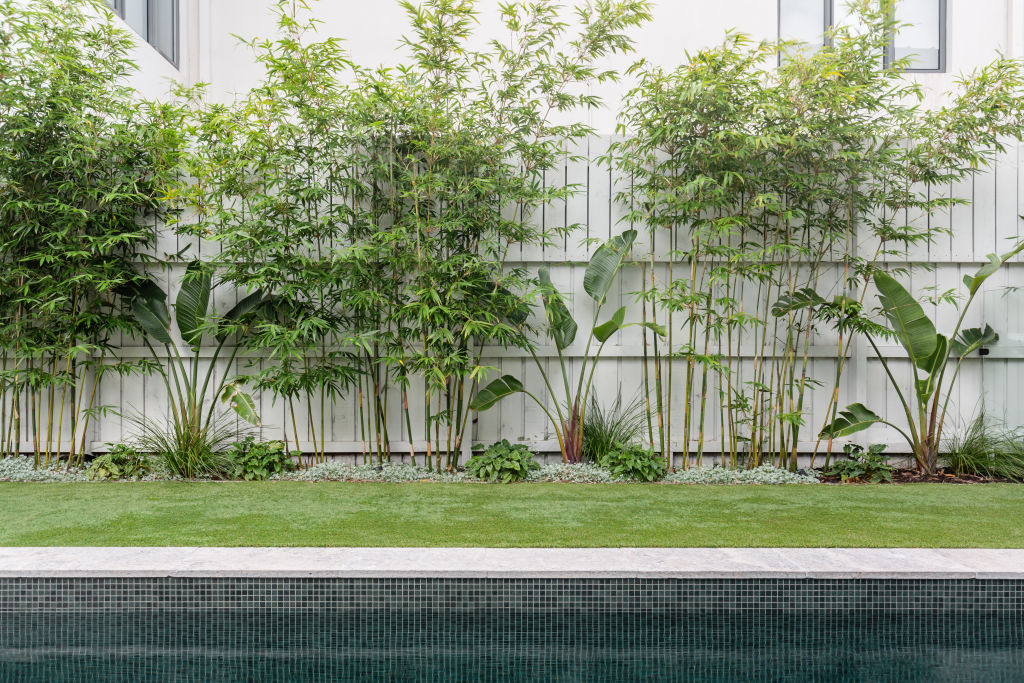
Safe poolside plants
Playing around the pool is as much a part of the experience as swimming, especially for kids.
To ensure safety, choose plants with soft foliage and avoid species with sharp spines, thorns, or rigid leaves that could cause injury, like yucca, cacti or the sago palm (Cycas revoluta).
Also, stay away from plants with toxic or irritating sap, such as euphorbias and oleander, as brushing against them can cause serious skin irritation or more severe reactions.
If you wish to include these plants in your design, ensure they are planted in deep beds, well away from the pool edge, to minimise the risk of accidental contact.
Create barriers to entry
Keep in mind that plants on either side of the pool fence should be carefully selected to prevent them from creating opportunities for children to climb.
Plants with thick stems or branches can act as ladders, potentially allowing little ones to scale the fence and access the pool unsupervised.
Use soft-stemmed plants like bushy shrubs, ornamental grasses, or tall shrubs that form a dense barrier.
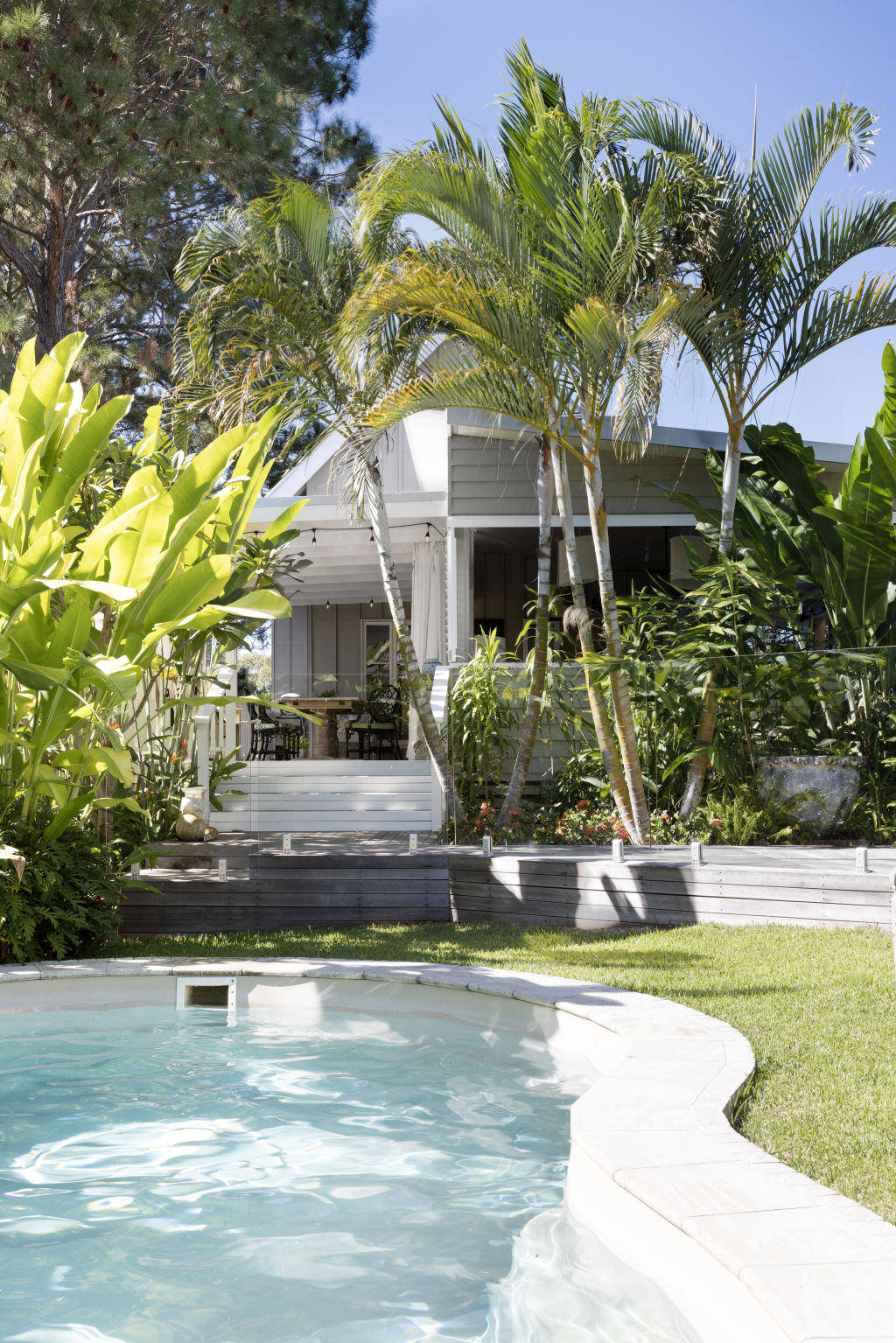
Hardy poolside plants
Chlorine and salt can be harsh on plants, but there are varieties that can handle the occasional splash.
Plants with waxy, leathery leaves are suited to these conditions, such as:
- Frangipani
- Coastal rosemary (Westringia fruticosa)
- Liriope
- Dianella
- Agave,
- New Zealand flax
- Carrissa “Desert Star”
- Banksias.
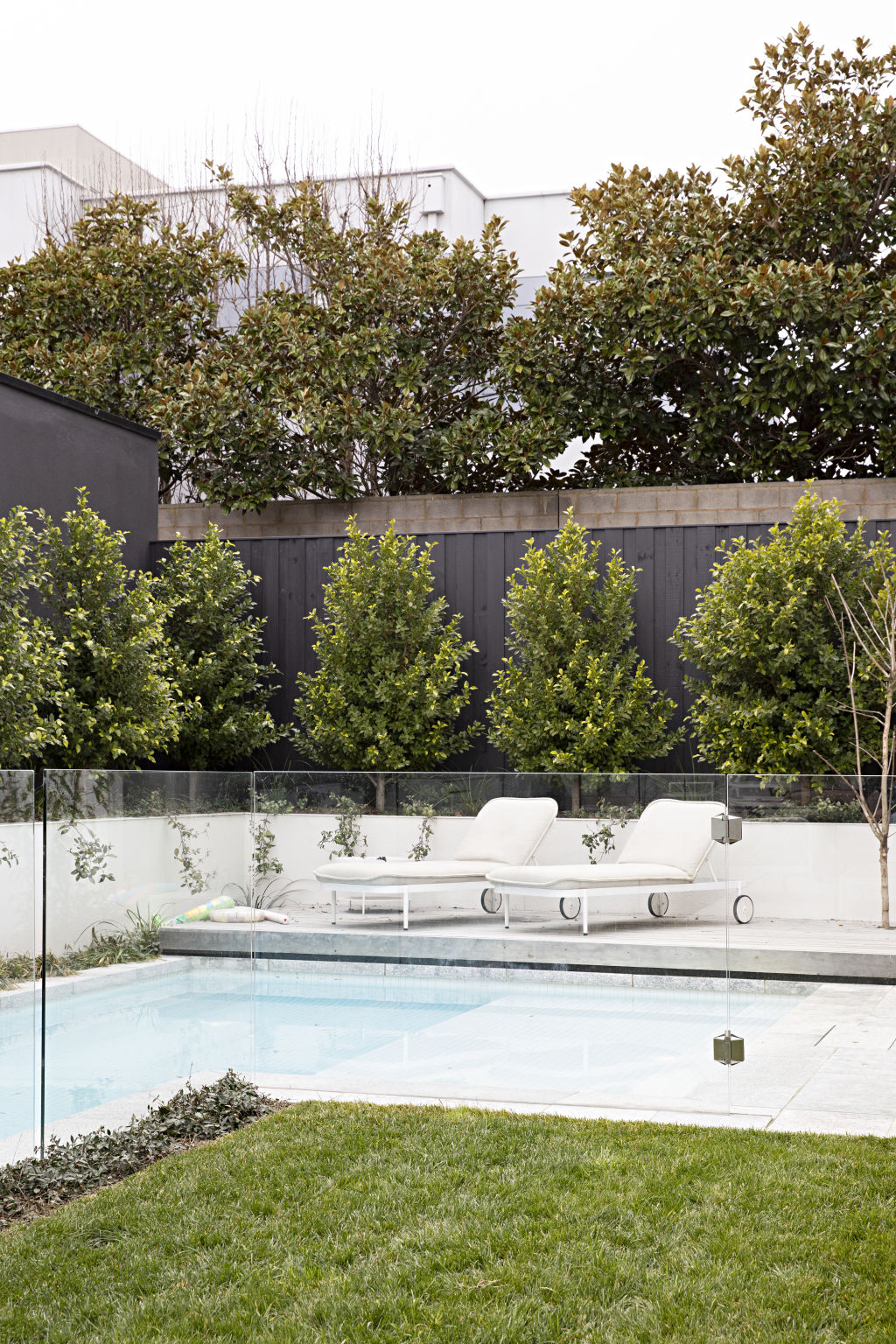
It’s a good idea to have garden beds set back at least a metre to minimise the impact of chlorine or salt on the soil.
Alternatively, consider raised garden beds or installing drainage to prevent pool water from contaminating the soil.
Tammy Huynh is a horticulturist, presenter on Gardening Australia and the owner of Leaf an Impression.
We recommend
We thought you might like
States
Capital Cities
Capital Cities - Rentals
Popular Areas
Allhomes
More

